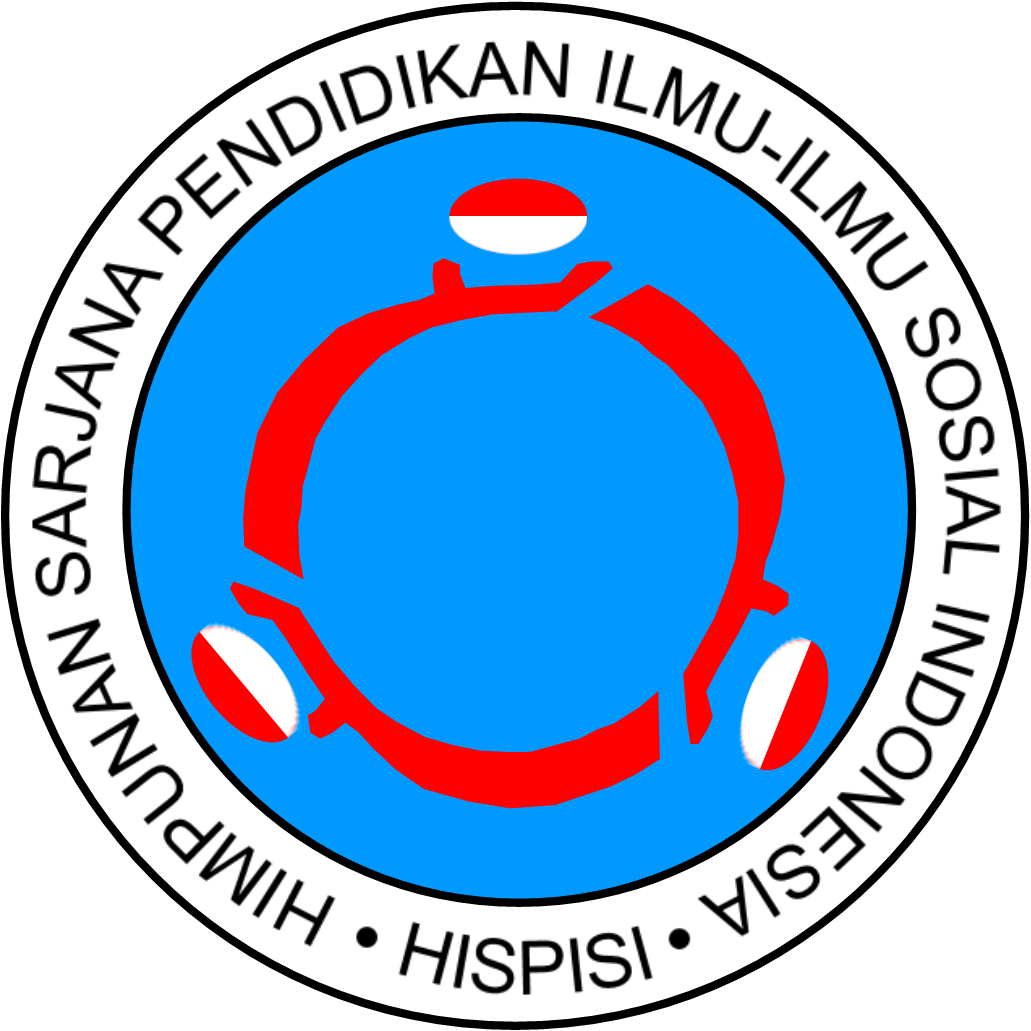STUDENTS’ TSUNAMI PREPAREDNESS LEVEL COMPARISON IN PANGANDARAN, INDONESIA
Abstract
The spread of schools in disaster-prone areas increases the risk of students’ fatalities. Data on the level of preparedness between elementary, junior high and senior high school students is urgently needed to see appropriate approach for improving students’ preparedness. This study used descriptive method inwhich surveys was used as the data collection technique. Data consist of primary and secondary evidence. The data were analyzed using standard depiction of charters, LIPI and UNESCO parameters. The sample consisted of elementary, junior high, and senior high school students in Pangandaran District. Based on the results of t test, it was found that there are significant differences between the level of preparedness of elementary and junior high school students, there are significant differences between the preparedness of elementary and senior high school students, and there is no significant difference between the preparedness of junior and senior high school students. There is a fact that the the Ministry of Education and Culture of Republic of Indonesia and teachers are those contributing to the students’ preparedness level.
Keywords
Full Text:
PDFReferences
B. S. Ambarjaya, Tsunami Sang Gelombang Pembunuh. Jakarta: CV. Karya Mandiri Pratama, 2006.
K. Satake and Y. Tanioka, “The July 1998 Papua New Guinea earthquake: Mechanism and quantification of unusual tsunami generation,” Pure Appl. Geophys., vol. 160, no. 10–11, pp. 2087–2118, 2003.
L. Wahyuni, D. Rohmat, and I. Setiawan, “HAZARD ANALYSIS OF EARTHQUAKE IN THE MAIN CAMPUS OF UNIVERSITAS PENDIDIKAN INDONESIA,” J. Pendidik. ILMU Sos., vol. 27, no. 2, p. 116, Dec. 2018.
Badan Geologi, “Gempabumi Dan Tsunami Pangandaran,” 2006. [Online]. Available: http://psg.bgl.esdm.go.id/informasi/berita/107-gempabumi-dan-tsunami-pangandaran-ciamis.
D. Paton et al., “Managing Tsunami Risk in Coastal Communities: Identifying Predictors of Preparedness,” Aust. J. Emerg. Manag., vol. 23, no. 1, p. 4, 2008.
A. M. Said, F. R. Ahmadun, A. R. Mahmud, and F. Abas, “Community preparedness for Tsunami disaster: A case study,” Disaster Prev. Manag. An Int. J., vol. 20, no. 3, pp. 266–280, 2011.
L. Dengler, “The Role of Education in the National Tsunami Hazard Mitigation Program,” vol. 1, pp. 141–153, 2005.
D. R. Godschalk, “Disaster mitigation and hazard management,” Emerg. Manag. Princ. Pract. local Gov., 1991.
L. Dengler, “Tsunami mitigation efforts on California ’ s north coast,” North, vol. 1, no. April, pp. 187–202, 2001.
D. M. Johnston, “Results of the August-September 2001 Washington State Tsunami Survey,” Inst. Geol. Nucl. Sci., 2002.
M. Nasir, Metode Penelitian. Jakarta: PT. Ghalia Indonesia, 2005.
C. Williams, “Research Methods,” vol. 5, no. 3, pp. 65–72, 2007.
M. Singarimbun and S. Effendi, Metode Penelitian Survey. Jakarta: PT. Pustaka LP3ES Indonesia, 1987.
R. W. Perry and M. K. Lindell, “Preparedness for Emergency Response : Guide- lines for the Emergency Planning Process,” vol. 27, no. 4, pp. 336–350, 2003.
S. B. Reed, “Introduction to hazards.” Disaster Management Training Programme, 1992.
W. N. Carter, Disaster management: A disaster manager’s handbook. Mandaluyong, 2008.
D. Mileti, Disasters by design: A reassessment of natural hazards in the United States. Joseph Henry Press, 1999.
LIPI-UNESCO/ISDR, “Pengembangan Framework Untuk Mengukur Kesiapsiagaan Masyarakat Terhadap Bencana Alam.” 2006.
W. Nurkancana and P. P. N. Sumartana, Evaluasi pendidikan. Surabaya: Usaha Nasional, 1986.
A. C. McFarlane and F. Norris, “Definitions and concepts in disaster research,” Methods disaster Ment. Heal. Res., pp. 3–19, 2006.
W. Adiyoso and H. Kanegae, “The effect of different disaster education programs on tsunami preparedness among schoolchildren in Aceh, Indonesia,” Disaster Mitig. Cult. Herit. Hist. Cities, vol. 6, no. 6, pp. 165–172, 2012.
DOI: https://doi.org/10.17509/jpis.v28i2.21019
Refbacks
- There are currently no refbacks.
Copyright (c) 2019 Setio Galih Marlyono

This work is licensed under a Creative Commons Attribution-NonCommercial-ShareAlike 4.0 International License.















